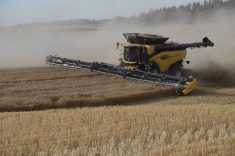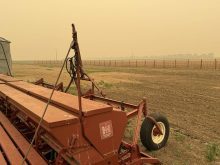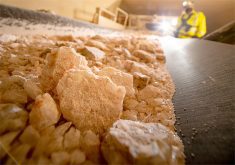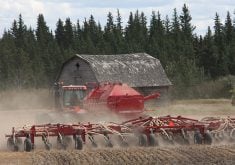MILLET, Alta. – Six workers are scattered across the wind-swept field, some wielding hoes, others riding small tractors and a few weeding tiny plants with their bare hands.
Monica Blaeser said she and other growers spend up to 12 hours a day, six days a week at this 30-acre co-operative organic herb farm south of Edmonton.
The growers plant and harvest their crops for a percentage of the profit when they are marketed.
This year, they will manage one million echinacea and 100,000 rhodiola rosea plants, making it the largest such field in Alberta. Rhodiola is taken to boost energy and the growers hope to increase the crop to 400 acres within the next five years.
Read Also
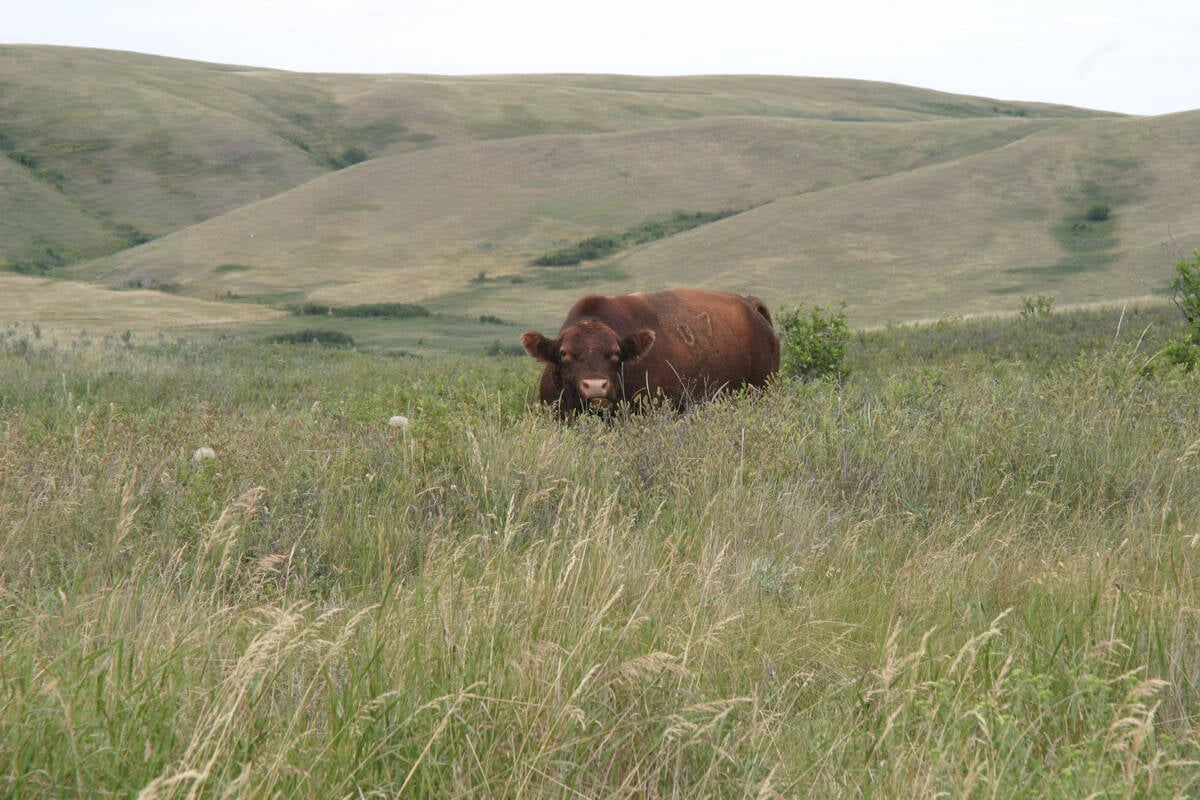
Saskatchewan puts crown land auction on hold
Auctions of Saskatchewan crown lease land are once again on hold.
The farm is one of several operations that will participate in a one-year good agricultural practices pilot project launched by the Canadian Herb, Spice and Natural Health Products Coalition.
Blaeser became involved to ensure her farm is producing top quality products and to create a chain from grower to buyer to consumer.
“If one part of the chain is breaking down, it’s tougher to make a profit,” she said.
Blaeser stressed the need for consistent standards in an industry tainted by numerous false claims in the past.
“Anybody could have done anything,” she said.
Blaeser, whose off-farm business in Edmonton promotes alternative health-care practices through lifestyle changes, diet and natural supplements, said establishing standard practices and protocols will lead to better prices and more consistent crops.
Connie Kehler, a member of the coalition and executive director of the Saskatchewan Herb and Spice Association, said the pilot projects grew from a recent document that was written following consultations with industry and government representatives aimed at laying the groundwork for the safe use of natural health products in Canada.
With support from the Canadian On-Farm Food Safety program, the coalition set out to build a Hazard Analysis Critical Control Points model for the herb and spice industry. It identified proper plant identification as one of the keys to the industry’s development.
The coalition also wants to identify practices that will work for producers and collectors and allow for accurate and traceable plant identification throughout the chain.
Kehler stressed the importance of a traceback system and the need to reduce risks.
“You have to get that information down on paper so you can prove it wasn’t you if something happens,” she said.
“You want to prove you had the right plant, by showing your sample. If there is an issue, you can isolate it so it doesn’t take the whole industry down.”
She said the pilot project will work with farmers practising field-scale production and with wildcrafters who collect mushrooms, moss and berries in forests.
The project will include on-farm training, detailed record keeping and a farm audit that might uncover better ways of doing things, she said.
“The best way to find out if it’s going to work is to put it on the ground and get it going.”
Kehler did not rule out borrowing ideas from other models such as the organic certification process.
“The idea is to do the best job we can in the most simplest form, with the least amount of paperwork and regiment for the producer.”
Dave Buck, manager of the Northern Forest Diversification Centre at The Pas, Man., said traceability has become increasingly important since the terrorist attacks of Sept. 11, 2001.
“The buyers, pharmaceutical companies and brokers are going to be demanding quality, proper identification and traceability,” he said.
“We have to be part of that and have to upgrade our ability to deliver that.”
It’s a new concept for those collecting items from the wild, he added.
The pilot project will lay down guidelines for the ethical, sustainable harvest of wild goods such as seneca root, black poplar buds, high bush cranberries and rose hips.
The project will identify collection areas, include certified training for new harvesters and identify potential areas of contamination.
“We not only have to be saying we are doing it but be seen to be doing it,” Buck said.
“Things are changing so fast that if you’re not part of that, we will be out of business.”






